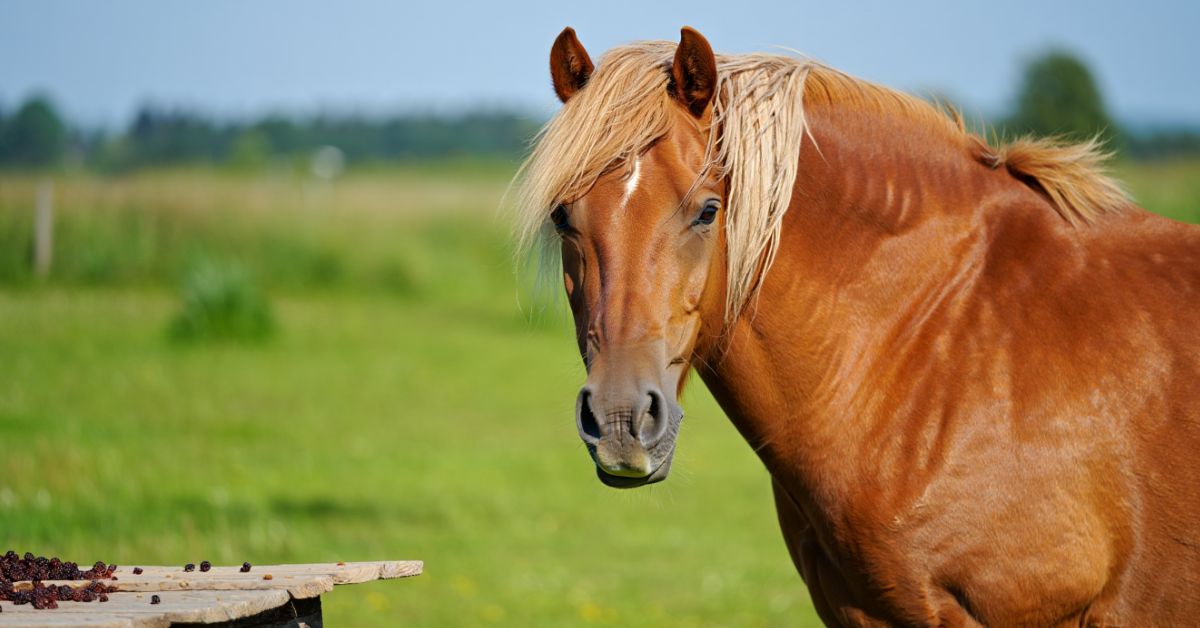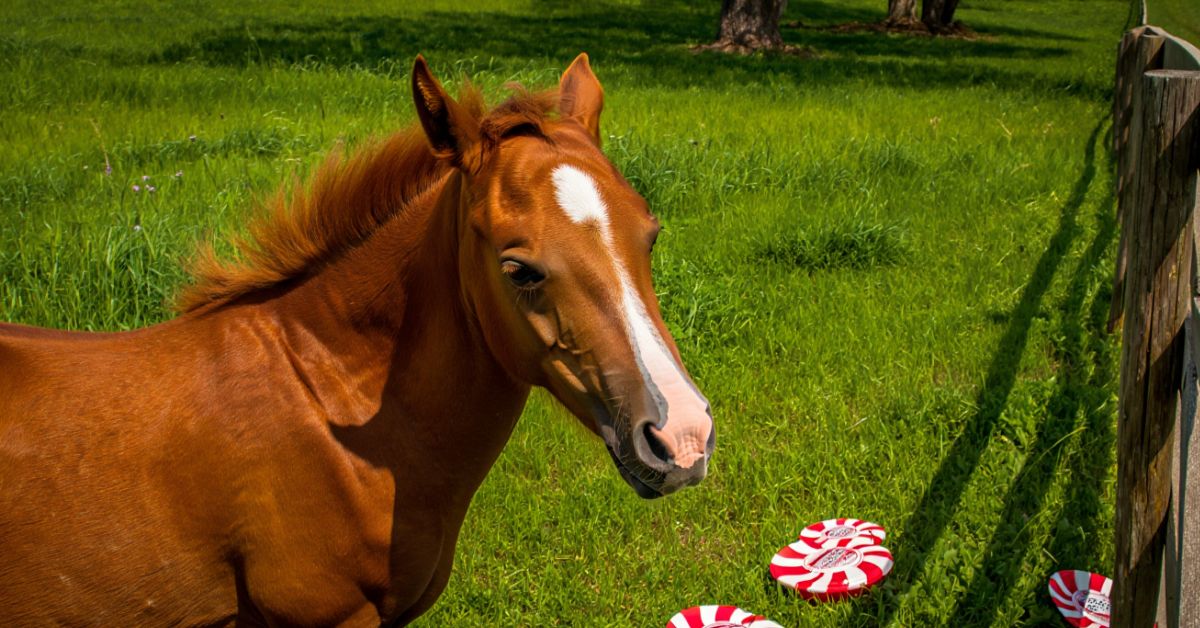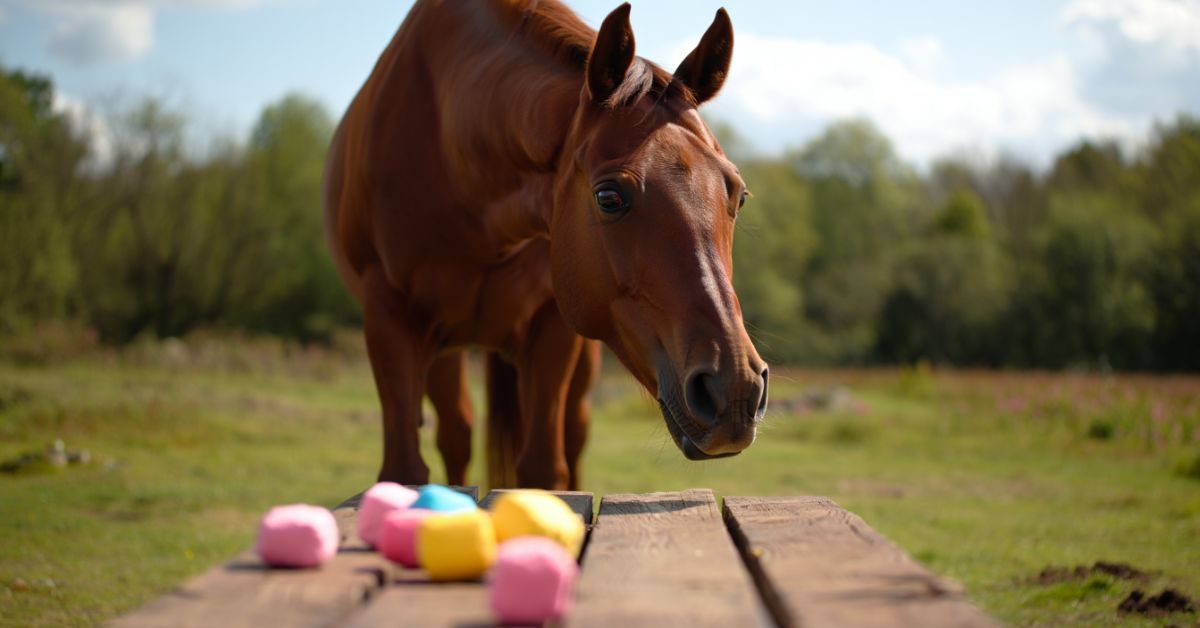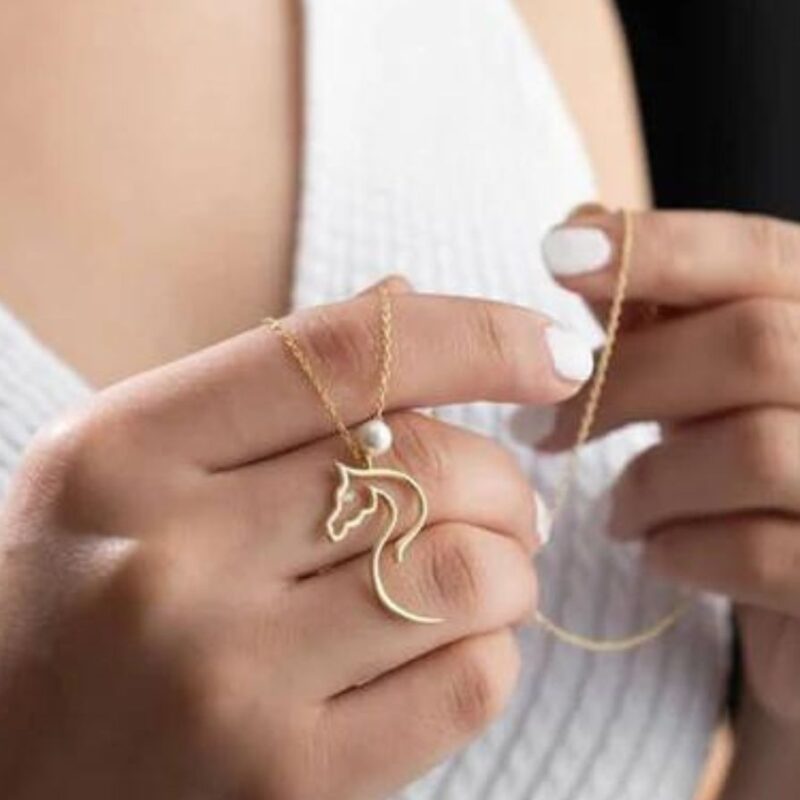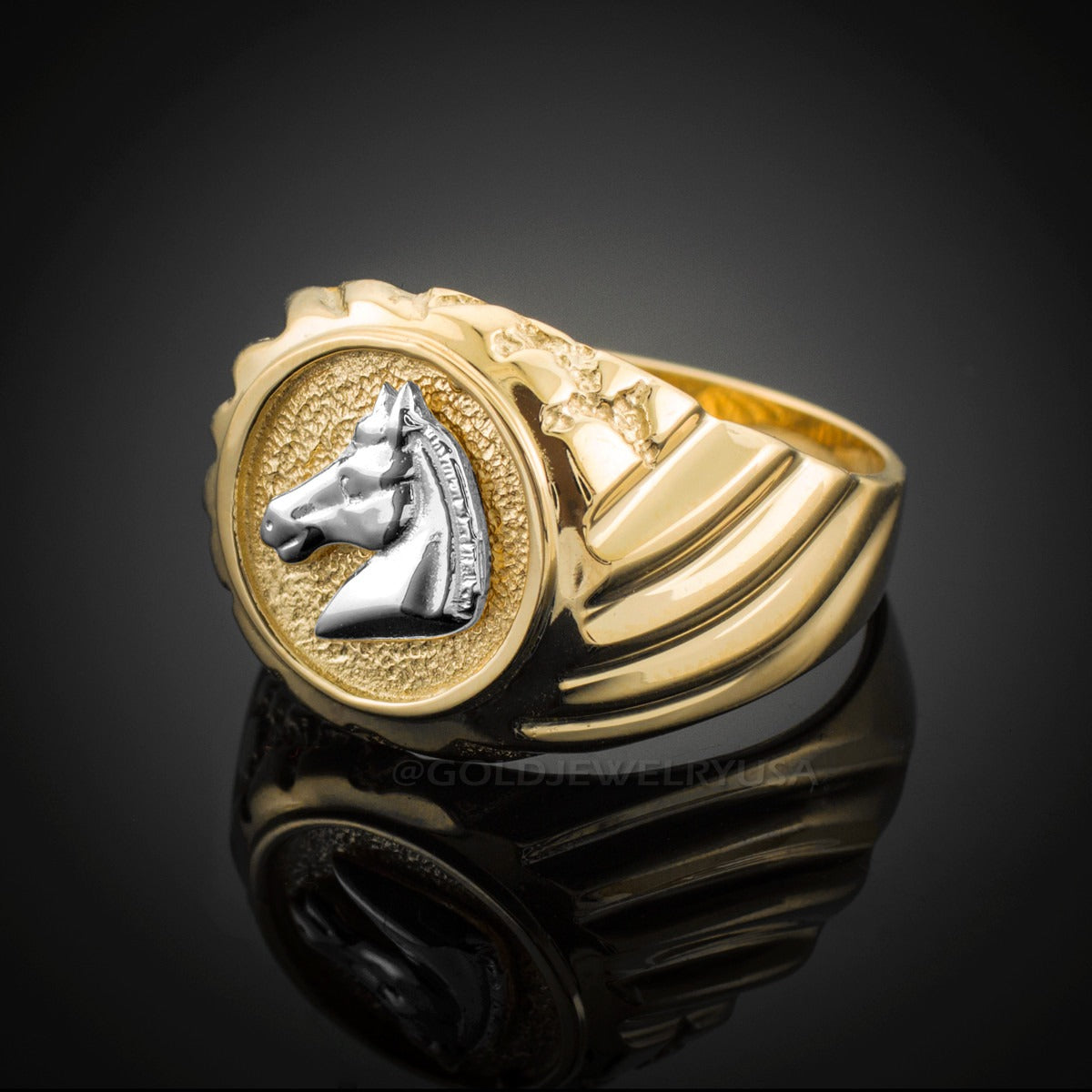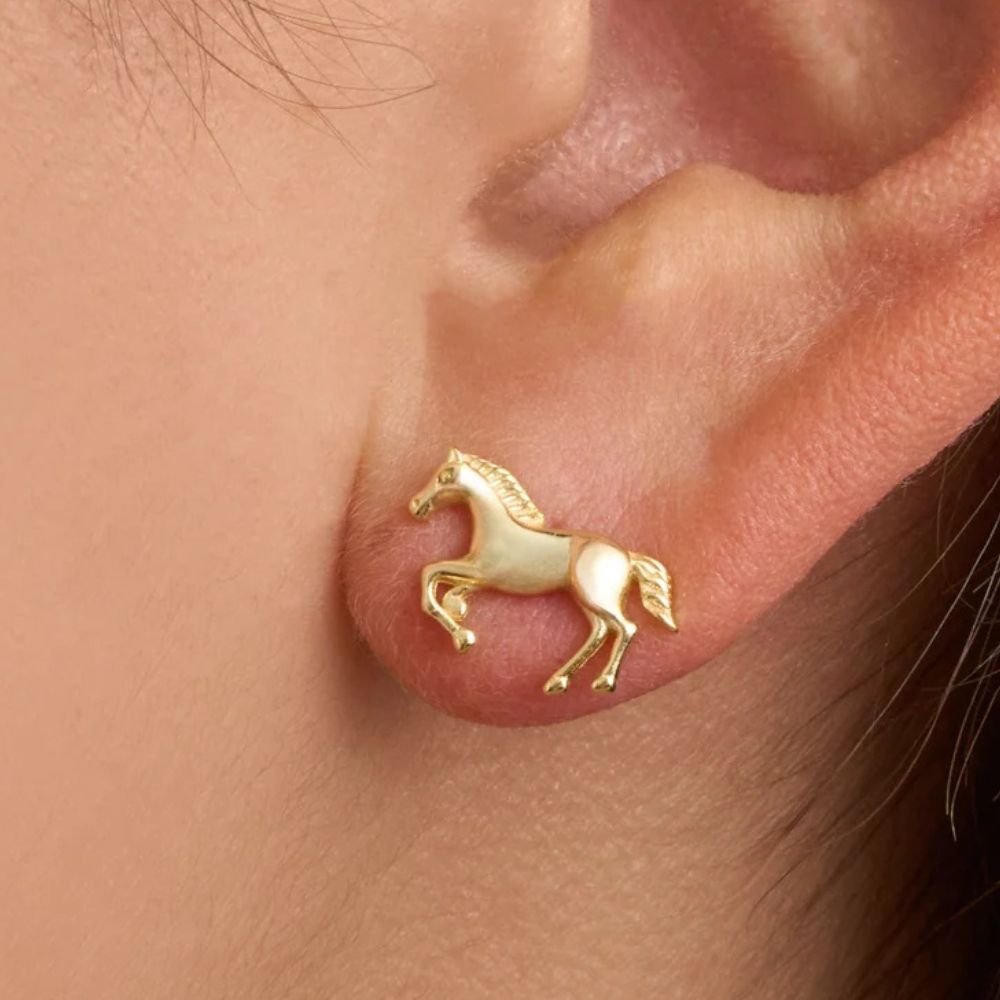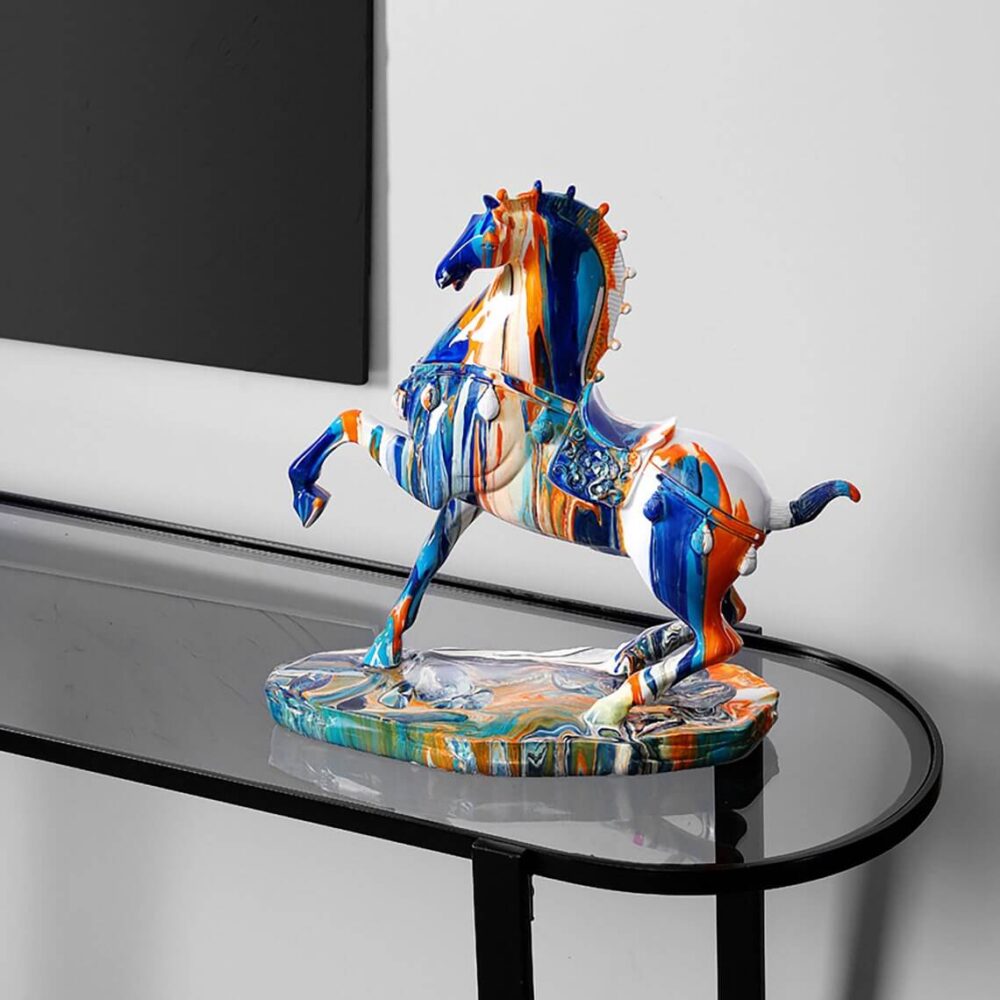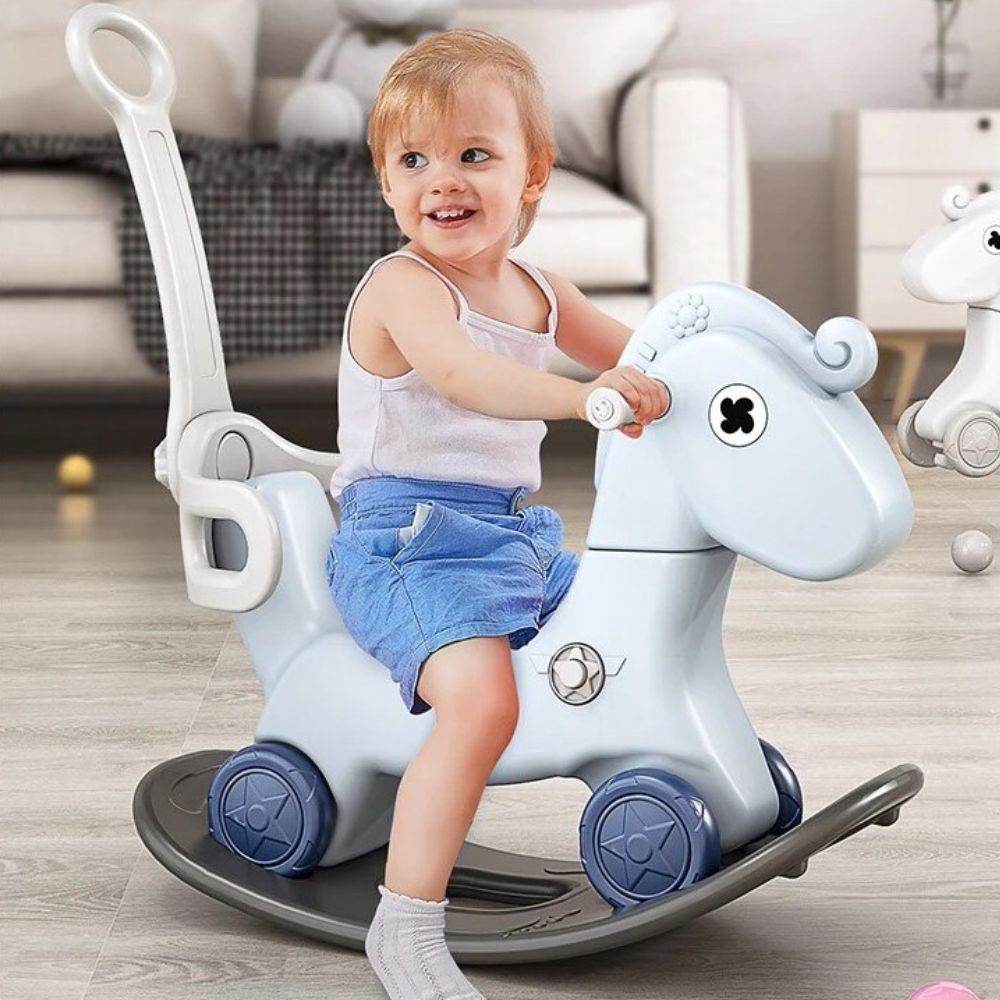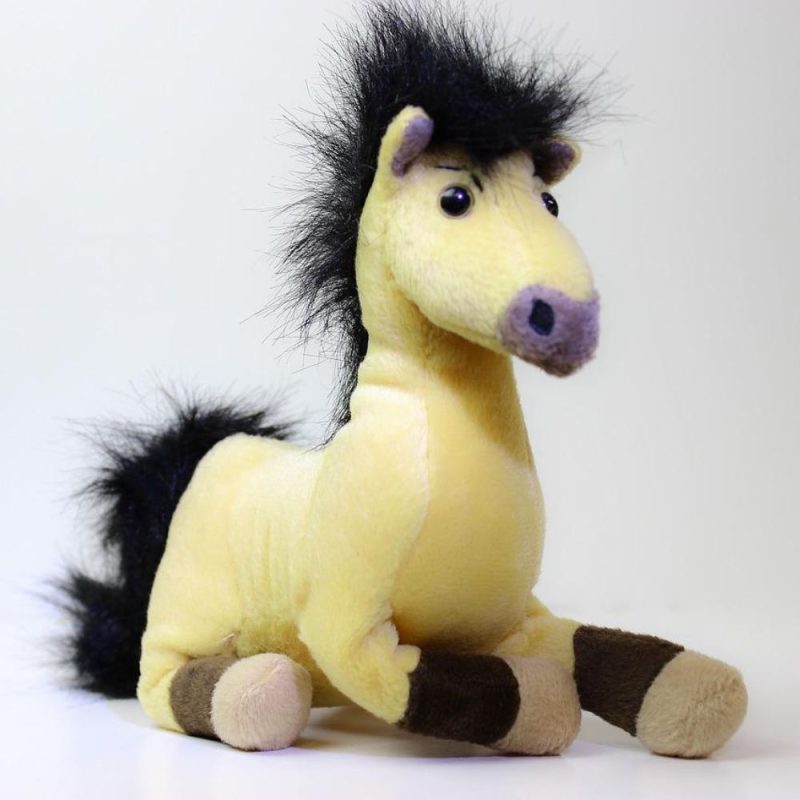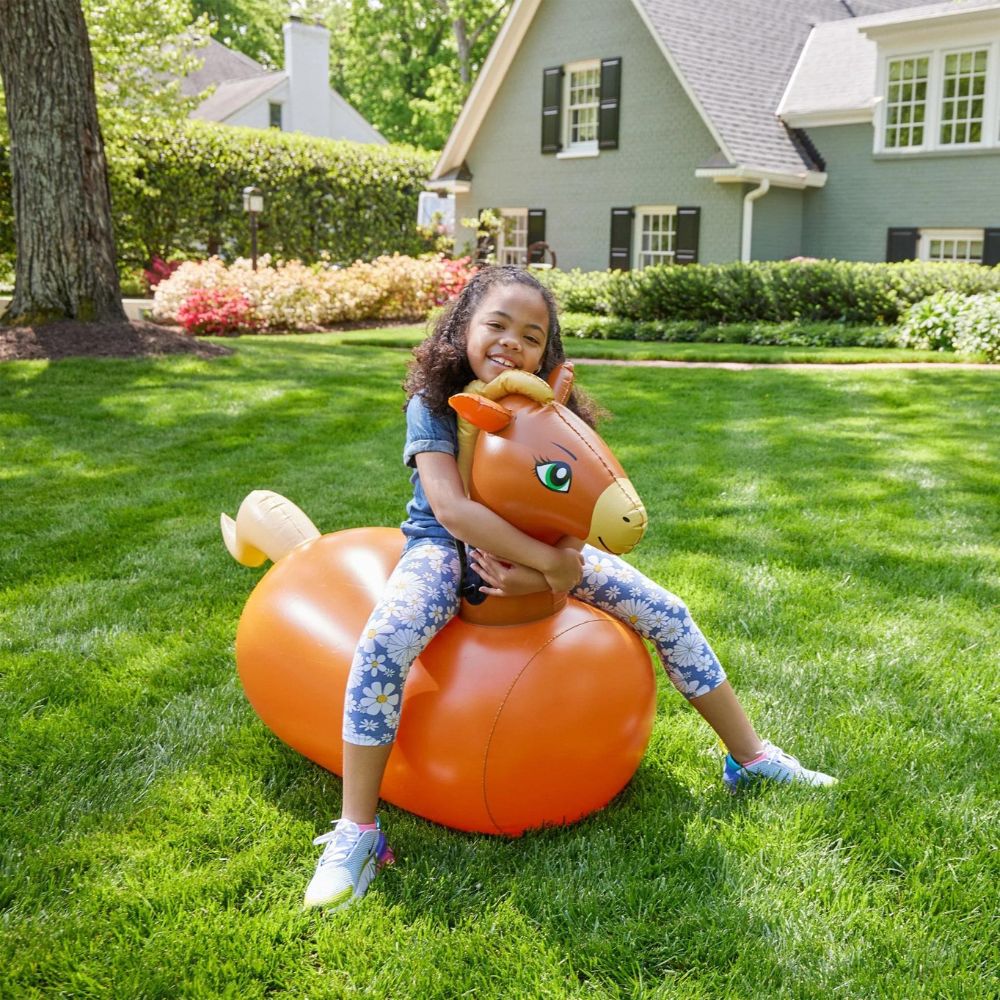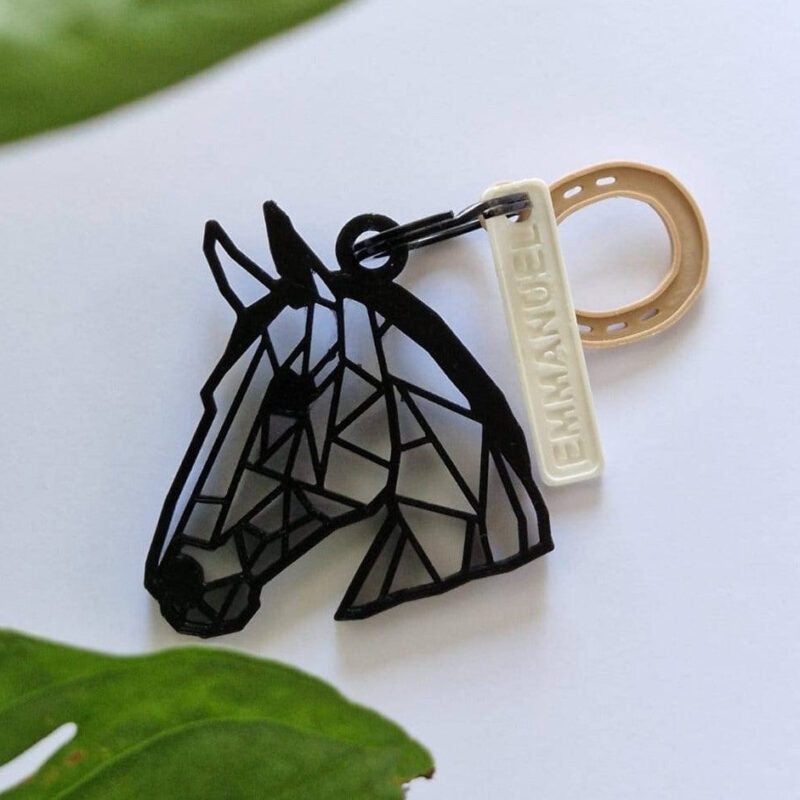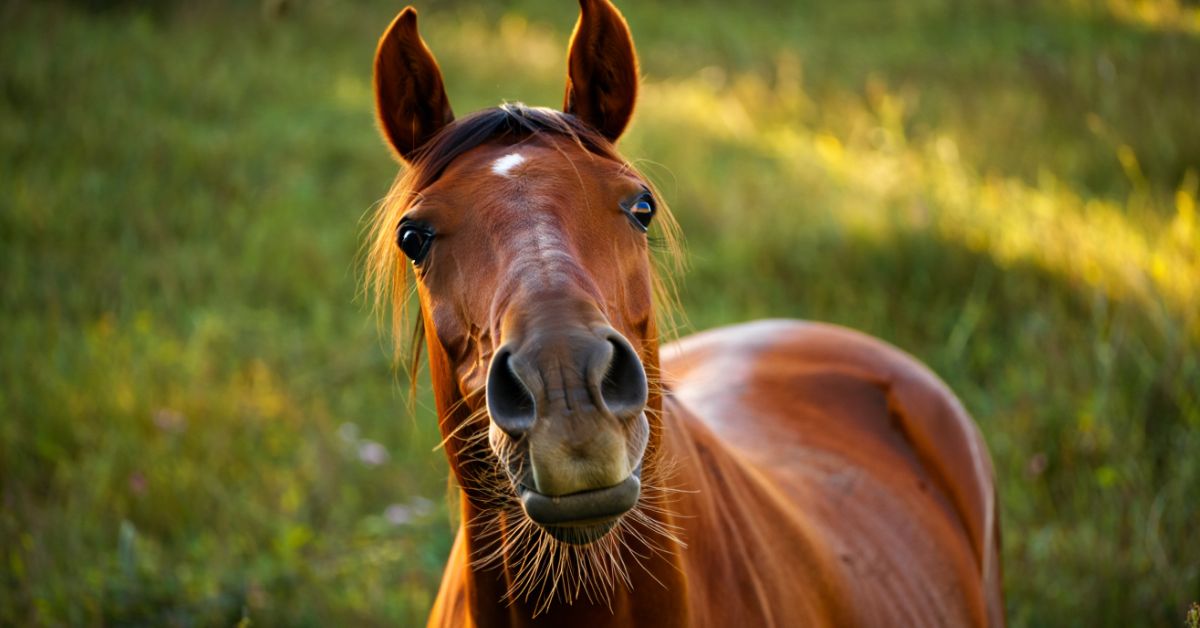
Can Horses Hear Your Heartbeat? The Amazing Truth About Equine Hearing Abilities
Have you ever wondered if your horse can sense your nervousness before a ride? The question "can horses hear your heartbeat" has fascinated equestrians for generations, and the answer might surprise you. While horses cannot directly hear human heartbeats in the traditional sense, their extraordinary horse hearing abilities allow them to detect subtle changes in your breathing, muscle tension, and energy that correlate with your heart rate.
These magnificent creatures possess an equine hearing range that extends far beyond human capabilities, picking up frequencies from 14 Hz to 25,000 Hz. This remarkable auditory perception helps forge the incredible horse-human bond that has captivated riders for centuries. Understanding how horses sense emotions through sound and vibration opens a fascinating window into the sensory world of horses and explains why some riders feel such a profound connection with their equine partners.
At Dream Horse, we celebrate this magical connection through our carefully curated collection of equestrian jewelry and accessories that honor the deep bond between horses and humans.
Chapter 1: Understanding Horse Hearing Abilities - The Science Behind Equine Audition
The Remarkable Architecture of Horse Ears 🐴
The ear of a horse is an engineering marvel that puts human hearing to shame. Unlike humans who can only hear frequencies between 20 Hz and 20,000 Hz, the equines hearing range spans from an impressive 14 Hz to 25,000 Hz. This means horses can detect subsonic hearing - sounds below human perception - and limited ultrasonic hearing in horses above our range.
Horse hearing sensitivity is approximately 10 times more acute than human hearing. According to a 2018 study published in the Journal of Equine Veterinary Science, horses can detect sound pressure levels as low as -10 decibels, while humans typically need sounds above 0 decibels to perceive them.
How the Horse Auditory System Works
The hearing anatomy of a horse includes several unique features:
-
Mobile ear pinnae: Horses can rotate their ears 180 degrees independently
-
Enlarged cochlea: Contains more hair cells than human ears
-
Enhanced auditory processing: The equine brain dedicates more neural pathways to sound processing
"The horse's ear is perfectly designed for survival - they can detect the slightest rustle that might indicate a predator while simultaneously monitoring their herd's location," explains Dr. Sarah Mitchell, equine behaviorist at the University of Kentucky.
Can Horses Actually Hear Your Heartbeat?
While the direct answer to "can horses hear human heartbeat" is no, the reality is more nuanced. Scientific studies on horse hearing reveal that horses detect changes in:
-
Breathing patterns (which change with heart rate)
-
Muscle micro-tremors
-
Subtle shifts in body posture
-
Changes in vocal tone and rhythm
Research from 2019 shows that when a human's heart rate increases from anxiety, horses respond within 3-5 seconds - not from hearing the heartbeat directly, but from perceiving the cascade of physical changes that accompany elevated heart rate.
Express your deep connection with horses through our Gift for Horse Lovers collection, featuring heartbeat-inspired equestrian jewelry that celebrates this incredible bond.
Chapter 2: The Science of Horse-Human Connection and Emotional Perception
Bio-Energetic Fields and Equine Intuition
Equine ethology - the study of horse behavior - reveals fascinating insights about horses' emotional intelligence. While horses can't hear heartbeats directly, research suggests they may sense bio-energetic fields and electromagnetic changes that occur with emotional states.
A groundbreaking 2020 study by the Institute for HeartMath found that:
-
Heart rate variability in humans creates measurable electromagnetic fields extending 3-8 feet from the body
-
Horses' emotional perception allows them to detect these subtle energy changes
-
The horse-human bond strengthens when both species achieve synchronized breathing patterns
-
Equine-assisted therapy shows remarkable success rates (78% improvement) because horses naturally attune to human emotional states
Reading Emotional Cues Through Sound
How horses sense emotions goes beyond traditional hearing. They excel at detecting:
Micro-vocal changes: Stress alters your voice's pitch and rhythm Breathing modifications: Anxiety changes breathing depth and speed
Physical tension: Muscle tightness creates different movement sounds Environmental awareness: Horses notice when you're hyper-alert to surroundings
The Role of Mirror Neurons in Equine Behavior
Equine neuroscience research from 2021 discovered that horses possess mirror neuron systems similar to humans. These specialized brain cells help horses:
-
Interpret human emotional states through subtle cues
-
Synchronize their behavior with their handler's energy
-
Develop horse calming signals in response to human stress
-
Create the foundation for therapeutic horseback riding success
"Horses don't just hear what we say - they feel what we feel. It's this extraordinary sensitivity that makes them such powerful partners in healing," notes renowned equine therapist Dr. Linda Kohanov.
Celebrate your horse's incredible intuition with our Equestrian Jewelry collection, designed to honor the mystical connection between horse and rider.
Chapter 3: Sound Frequency and Communication in the Equine World
Decoding the Horse's Acoustic Universe
Acoustic communication in horses operates on multiple frequency levels that humans barely comprehend. The sound frequency range of horses allows them to participate in complex herd communications that we're only beginning to understand.
Low-Frequency Communication (Subsonic Range)
Horses use subsonic hearing in horses for long-distance communication. These infrasonic calls, below 14 Hz, can travel several miles and help horses:
-
Locate separated herd members
-
Signal danger across vast distances
-
Coordinate group movements during migration
-
Maintain contact during storms or poor visibility
Research from Colorado State University's Equine Sciences Department shows that pregnant mares use subsonic frequencies to communicate with their unborn foals, establishing horse-human bond patterns that begin in utero.
Mid-Range Frequencies: The Heart of Horse Communication
The sweet spot of horse communication occurs between 100-8,000 Hz, where most horse behavior and sound interactions happen. This range includes:
Nickering: 200-600 Hz - Used for greeting and bonding Whinnying: 400-2,000 Hz - Long-distance identification calls
Snorting: 1,000-4,000 Hz - Alert signals and investigation sounds Breathing changes: 50-500 Hz - Emotional state indicators
High-Frequency Detection: Beyond Human Perception
Ultrasonic hearing in horses extends to 25,000 Hz, allowing detection of:
-
Rodent movements in hay and grain storage
-
High-pitched equipment malfunctions
-
Subtle environmental changes humans miss
-
Electronic device emissions (some horses react to cell phones!)
How Environmental Acoustics Affect Horse Behavior
The sensory world of horses is dramatically shaped by their acoustic environment. A 2019 study involving 200 horses across different facilities found:
-
Horses in acoustically "busy" environments showed 23% higher stress hormones
-
Heart rate variability in humans working with horses improved in quieter settings
-
Equine-assisted therapy sessions were 40% more effective in controlled acoustic environments
-
Horse herd behavior and sound patterns stabilized when consistent background noise was maintained below 45 decibels
Practical Applications for Horse Owners
Understanding physiology of horse senses helps create better training environments:
Sound masking: Consistent background noise helps nervous horses focus Vocal consistency: Maintaining steady tone and rhythm improves horse calming signals Environmental management: Controlling acoustic chaos reduces overall stress Music therapy: Certain frequencies (60-80 Hz) promote relaxation in both horses and humans
Our Dream Horse Practical Accessories collection includes sound-dampening equipment designed to create the perfect acoustic environment for you and your horse.
Chapter 4: The Therapeutic Power of Horse-Human Sound Connection
Understanding Equine-Assisted Therapy Through Acoustic Lens
Equine-assisted therapy has revolutionized mental health treatment, with therapeutic horseback riding showing remarkable success rates for conditions ranging from PTSD to autism spectrum disorders. The secret lies in understanding how horses sense emotions through multiple sensory channels, creating a unique healing environment.
The Science Behind Therapeutic Success
Recent scientific studies on horse hearing reveal why horses make exceptional therapy partners:
Emotional mirroring: Horses naturally synchronize their physiological responses with human emotional states Non-judgmental feedback: Unlike humans, horses provide honest, immediate reactions to emotional energy
Biofeedback training: Horse's emotional intelligence helps clients recognize their own emotional patterns Stress reduction: Interaction with horses triggers measurable decreases in cortisol and increases in oxytocin
A comprehensive 2022 study by the Equine Assisted Growth and Learning Association tracked 1,847 therapy participants over 18 months:
-
89% showed improved emotional regulation
-
76% demonstrated better reading a horse's body language skills
-
82% reported feeling more connected to their own emotions
-
94% of participants continued therapy beyond the minimum recommended sessions
Heart Rate Synchronization: Fact or Fiction?
The question "does a horse's heartbeat sync with yours" has intrigued researchers for decades. While complete synchronization is rare, equine neuroscience studies document fascinating patterns:
Partial synchronization: Occurs in 34% of experienced horse-human pairs during calm activities Breathing alignment: Happens in 67% of cases during focused interaction
Stress response matching: Horses mirror human stress patterns within 2-3 seconds Recovery timing: Both species return to baseline heart rates at similar rates
"The magic isn't in perfect synchronization - it's in the horse's ability to help humans recognize and regulate their own emotional rhythms," explains Dr. Rebecca Johnson, Director of the Research Center for Human-Animal Interaction at the University of Missouri.
Calming Techniques Based on Acoustic Understanding
Voice Modulation for Calming a Nervous Horse
Horse's response to sound varies dramatically based on vocal characteristics:
Tone consistency: Horses respond best to voices maintained between 85-150 Hz Rhythm patterns: Speaking in 4/4 time (like a slow heartbeat) promotes relaxation Volume control: Sudden loudness increases heart rate variability in humans and horses Emotional authenticity: Horses detect vocal stress even when humans try to mask it
Breathing Exercises for Enhanced Connection
Connection between horses and humans strengthens through synchronized breathing:
-
The 4-7-8 Technique: Inhale for 4 counts, hold for 7, exhale for 8
-
Coherent breathing: Match your breath to the horse's natural rhythm (12-20 breaths per minute)
-
Vocal breathing: Gentle humming creates vibrations horses find soothing
-
Silent communication: Focus on breath alone, allowing the horse to match your pattern
Real-World Applications and Success Stories
Case Study: Veterans with PTSD
The Wounded Warrior Project's equine therapy program documented remarkable results when incorporating acoustic awareness:
-
43% reduction in nightmare frequency when participants learned to recognize their emotional regulation patterns through horse interaction
-
67% improvement in hypervigilance when veterans practiced horse calming signals
-
89% of participants reported feeling "understood" by their therapy horses
-
Average cortisol levels dropped 31% after 12 weeks of structured equine interaction
Honor the healing power of horses with meaningful pieces from our Equestrian Jewelry collection, designed for those who understand the transformative nature of the horse-human bond.
Chapter 5: Practical Applications and Building Deeper Connections
Enhancing Your Daily Horse Interactions
Understanding auditory perception in animals, specifically horses, transforms routine interactions into meaningful connections. Horse's intuition responds to subtle acoustic cues we can consciously control to improve our relationships.
Morning Routines That Build Trust
Horse behavior and sound patterns establish daily relationship rhythms:
Consistent greeting sounds: Horses recognize individual voices from up to 50 meters away Approach acoustics: Footstep patterns, gate latches, and equipment sounds create anticipation
Feeding time communication: Gentle vocal cues during meal preparation reduce anxiety Grooming conversations: Steady, rhythmic talking during brushing promotes relaxation
Research from the University of Guelph's Animal Biosciences Department found that horses who received consistent vocal interaction during daily care showed:
-
28% lower cortisol levels throughout the day
-
Increased approach behavior toward their primary caretaker
-
Improved performance scores in training sessions
-
Enhanced horse-human bond indicators measured through proximity-seeking behavior
Training Applications Using Acoustic Awareness
The sensory world of horses responds dramatically to conscious sound management:
-
Voice command consistency: Using identical tonal patterns for cues improves response time by 45%
-
Environmental sound control: Training in gradually increasing acoustic complexity builds confidence
-
Reward timing: Vocal praise delivered within 3 seconds maximizes positive reinforcement effectiveness
-
Correction techniques: Lower vocal tones (below 100 Hz) communicate authority without creating fear
Creating Optimal Acoustic Environments
Stable Design for Enhanced Horse Hearing Abilities
Physiology of horse senses guides practical facility improvements:
Sound-absorbing materials: Cork, rubber mats, and specialized acoustic panels reduce echo and harsh noise Strategic positioning: Locating feed and water sources away from high-traffic acoustic zones
Natural sound incorporation: Water features and wind chimes provide calming background noise Equipment management: Regular maintenance prevents startling mechanical sounds
A 2021 comparative study of 50 boarding facilities found that barns incorporating acoustic design principles showed:
-
23% fewer behavioral issues across all horses
-
18% reduction in colic incidents (stress-related)
-
31% improvement in overall horse welfare scores
-
Significantly higher customer satisfaction ratings
Technology and Horse Communication
Modern technology offers new ways to understand equine hearing range:
Heart rate monitors: Track synchronization patterns between horse and rider Acoustic analysis software: Measure vocal consistency in training commands Environmental noise meters: Optimize facility sound levels for horse comfort Biofeedback devices: Help humans learn to regulate their own emotional states around horses
Building Your Personal Horse-Human Connection
Developing Horses' Emotional Perception Skills
Reading a horse's body language requires understanding the acoustic component:
Ear position analysis: Forward ears indicate attention to specific sounds Breathing pattern recognition: Rapid breathing suggests acoustic overstimulation Vocal response timing: How quickly horses respond to your voice indicates trust levels Sound-seeking behavior: Horses who approach when you speak show strong bonding
Advanced Techniques for Deepening Bonds
Equine ethology research suggests several evidence-based approaches:
-
Meditation with horses: Silent presence allows horses to attune to your natural rhythms
-
Musical interaction: Some horses show preferences for specific genres (classical music in B-flat major is most universally calming)
-
Vocal toning: Extended vowel sounds create vibrations horses find soothing
-
Heartbeat mimicry: Speaking or humming at 60-80 beats per minute matches resting equine heart rates
The Future of Horse-Human Bond Understanding
Emerging Research Areas
Scientific studies on horse hearing continue expanding our knowledge:
Neuroplasticity research: How horse brains adapt to individual human acoustic signatures Electromagnetic field studies: Investigating bio-energetic field of horses interactions Comparative cognition: Understanding horses' emotional intelligence relative to other species Therapeutic applications: Developing targeted equine-assisted therapy protocols
"We're just beginning to scratch the surface of how deeply horses perceive and respond to human emotional states. Each new study reveals another layer of their remarkable sensitivity," notes Dr. Temple Grandin, renowned animal behaviorist.
Celebrate your growing understanding of horses with distinctive pieces from our Dream Horse collections, designed for those who appreciate the subtle complexities of equine companionship.
Frequently Asked Questions on Horse Hearing and Human Connection
Can horses hear human heartbeat directly?
No, horses cannot hear human heartbeat directly through their ears. However, horses detect the secondary effects of elevated heart rates including changes in breathing, muscle tension, and vocal patterns. Their extraordinary horse hearing abilities pick up these subtle modifications that correlate with your heartbeat changes.
What is the hearing range of horses compared to humans?
Equines hearing range spans from 14 Hz to 25,000 Hz, while humans hear 20 Hz to 20,000 Hz. This means subsonic hearing in horses allows them to detect sounds below human perception, and limited ultrasonic hearing in horses extends slightly above our range. Hearing sensitivity in horses is approximately 10 times more acute than human hearing.
How do horses sense human emotions?
How horses sense emotions involves multiple factors: they detect changes in your voice tone, breathing patterns, body posture, and electromagnetic fields generated by heart rate variability in humans. Horses' emotional perception processes these combined signals to assess your emotional state, creating the foundation for the remarkable horse-human bond.
Do horses really have emotional intelligence?
Yes, horse's emotional intelligence is well-documented through research. Equine neuroscience studies show horses possess mirror neuron systems that help them interpret human emotions, respond with appropriate horse calming signals, and adapt their behavior to match handler energy levels. This intelligence makes them exceptional partners in equine-assisted therapy programs.
Can you train horses to respond better to human emotions?
While you can't train horse's intuition, you can develop better communication between horses and humans by improving your own emotional awareness and acoustic consistency. Reading a horse's body language and learning calming a nervous horse techniques helps create clearer, more effective interactions that strengthen your connection between horses and humans.
At Dream Horse, we understand that the bond between horses and humans transcends simple communication - it's a profound connection that deserves to be celebrated. Express your unique style and assert your individuality with our carefully curated collections that honor this magical relationship. Whether you're seeking the perfect gift for horse lovers in your life or want to commemorate your own equine journey, our equestrian jewelry, decorations, and practical accessories help you carry that special connection with you always. 🐎✨





